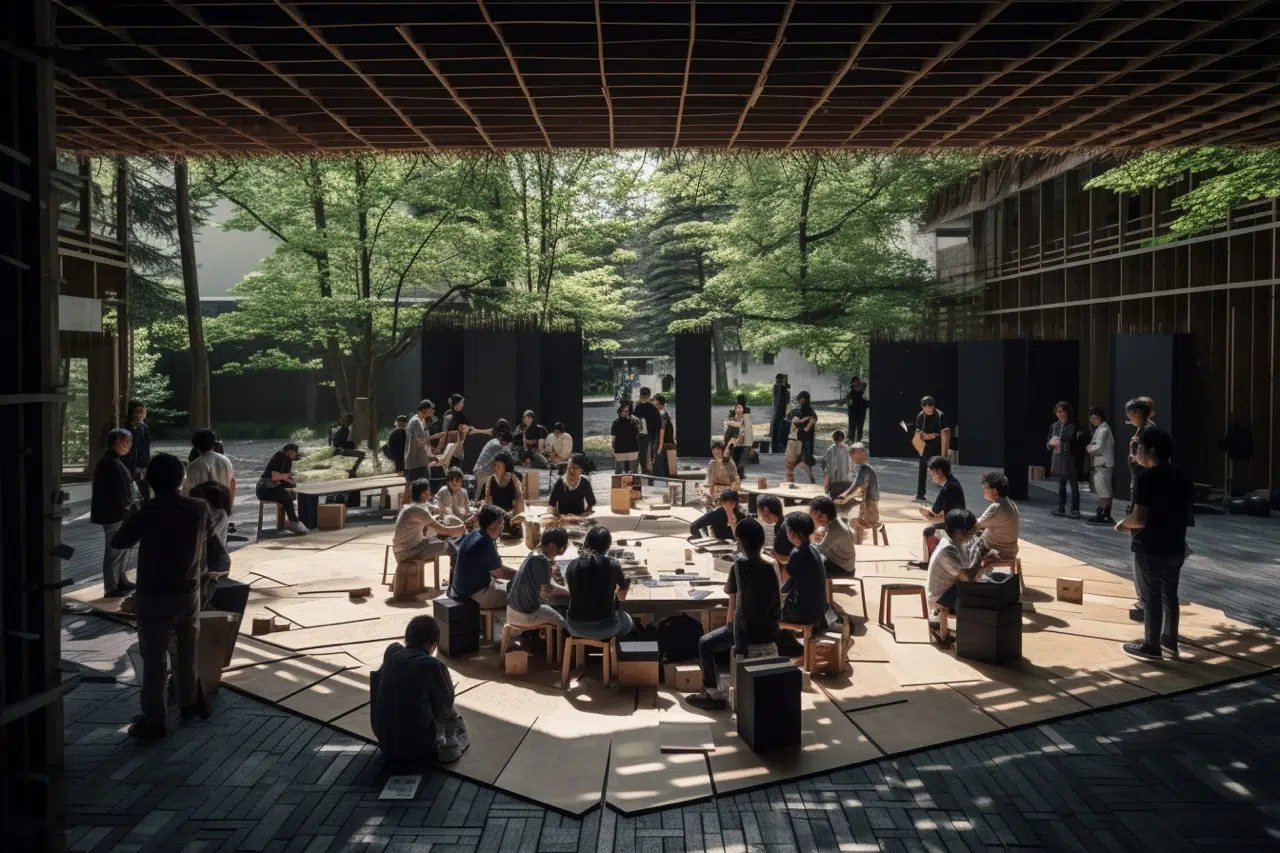
Design is a multifaceted word that can be used as an adjective, noun, or verb. As an adjective, it describes something that has been intentionally created or planned to be aesthetically pleasing or functional. As a noun, it refers to the process of planning and creating something with a specific purpose or function.
However, design is most commonly used as a verb, to describe the intentional and iterative process of problem-solving, creativity, and collaboration involved in creating something new. In this sense, design involves understanding the needs and perspectives of users and stakeholders, and using that knowledge to develop solutions that are not only effective, efficient, and user-friendly, but also beautiful, inspiring, and emotionally resonant.
A well-designed product, system, or experience not only performs its intended function, but also delights and engages users, creating a sense of joy, satisfaction, or wonder. Design, therefore, is not only a means to an end, but also a source of joy and beauty in its own right, enriching our lives and enhancing our experiences.
Design to ask questions
At its core, design involves identifying problems or opportunities within a particular context, and then reframing those challenges in order to generate new insights and perspectives. This requires designers to engage in sensemaking, or the process of making sense of complex information and phenomena, in order to understand the underlying dynamics and relationships at play.
Designers must then engage in reframing, or the process of shifting perspectives and changing the way problems are framed, in order to uncover new and innovative directions and meaning. This involves questioning assumptions, challenging existing paradigms, and exploring new possibilities in order to create more relevant solutions.
In navigating complex systems, designers must also engage in probing, or the process of experimenting with different solutions and approaches in order to test hypotheses and gather feedback. This involves leveraging various tools and techniques, such as prototyping and testing, to refine and iterate on solutions until they are both feasible and effective.
For most of us, design is invisible. Until it fails.
—Bruce Mau
Design
An act of authentic design involves a socially and critically conscious process. It starts with a critical moment, in which the designers recognise an underlying dissatisfaction with the current state of the world, which motivates them to co-create a project with the people most affected by these problems [1].
Design is a practice that has a major role in shaping how we co-exist. It is therefore the duty of designers to take on this responsibility and to communicate the concept of living together (vivre ensemble in French) that is being implemented.
Designers are highly valued for their orientation to the pursuit of open-ended inquiry and exploration of potential within the material context. Additionally, they are known for their restlessness and dissatisfaction with answers, often pursuing iterative projection and critique [2].
Intention
Design can be defined as the intentional act of proposing something new or better to the world. This proposal can take many forms, such as a sense making map, future scenarios, a speculative product, a service, an experience or an intervention and can be aimed at solving a specific problem, meeting a particular need, or creating a particular aesthetic or emotional response.
Designers typically approach their work with a clear intention to explore and create something that has a specific purpose or function, or that elicits a certain response from the user or viewer. This intentionality is what distinguishes design from other forms of creative expression, such as art, which may be more focused on personal expression or exploration.
Designers must consider a wide range of factors when proposing their designs to the world, including the needs and preferences of their target audience, the constraints of the materials and technologies they are working with, and the broader social and cultural context in which their designs will be used.
Lenses into Design
- Design as an Architect of Possibilities: Imagine design as an architect that constructs possibilities and shapes the world around us. Like a skilled architect, designers have the power to envision and construct new futures, using their creativity, empathy, and critical thinking to design solutions that address pressing challenges and foster positive change.
- Design as a Compass for Navigating Complexity: Picture design as a compass that helps us navigate the intricate and complex challenges of our world. Just as a compass provides direction and guidance, design offers a framework for understanding and grappling with complex problems, guiding us towards innovative and socially conscious solutions.
- Design as Cultivating Gardens of Change: Imagine design as a gardener, cultivating and nurturing gardens of change. Like a skilled gardener tending to plants, designers have the power to cultivate ideas, nurture innovation, and create spaces that foster growth, diversity, and sustainability. Through thoughtful planning, careful selection, and ongoing care, designers can cultivate environments that bring forth positive transformations and flourishing communities.
References
[1] Que sais-je? le Design, épilogue d’Alain Findeli
[2] Suzan C. Stewart, On care and education